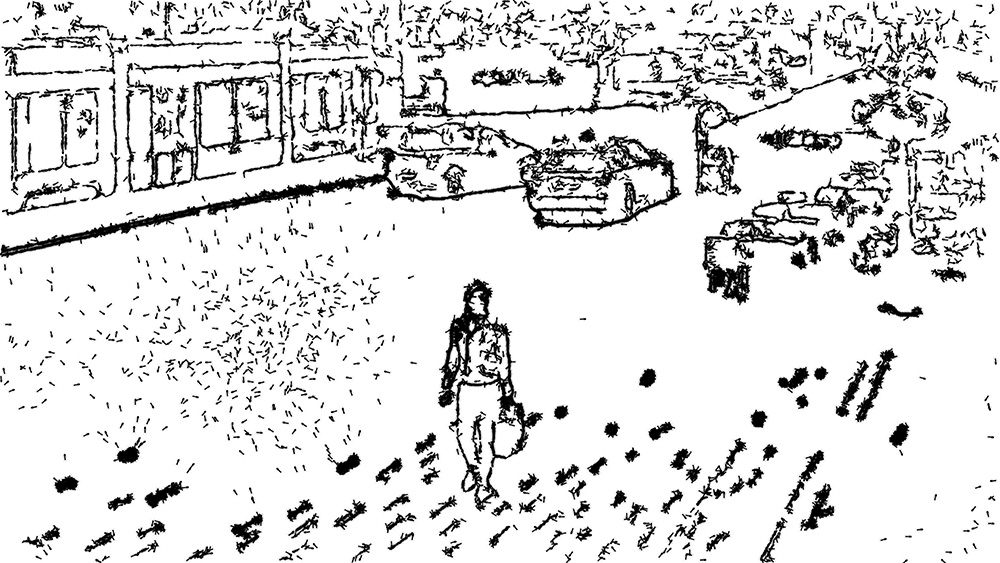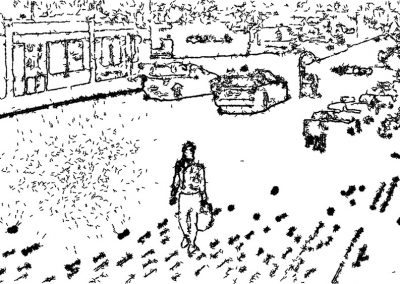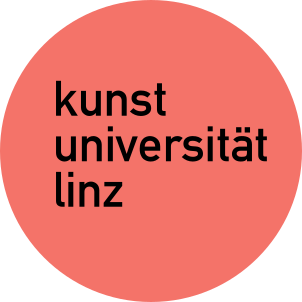
During the COVID-19 crisis we are reminded about the fragility of our ecosystem. A tiny virus was able to bring human activity almost to a standstill, causing a global lock down of massive industries and economies. While we humans are confined to our homes, other parts of nature recover and even thrive. The air in heavily industrialized regions has become cleaner, the sky bluer, insects, birds and wild life returned to the cities and human caused pollution is in many cases significantly reduced.
Many people suddenly realize the importance of nature for our physical and mental health; short walks in parks or nearby urban forests are essential for keeping sane in times of lock down and quarantine.
The interactive media facade “Antopolis” wants to remind us of the interconnection between humans and nature. The crisis has revealed that we are not the crown of creation, that we are not a separate and immune entity and that we cannot keep exploiting natural resources in an unlimited manner. The Anthropocene seems to have come to an end and we need to reevaluate the position and responsibilities of humanity.
In “Antopolis,” ants invade the city and look for human activities. They crawl towards any man-made shape, following humans, cars and any object that moves or stands around in the city. All these artefacts become their resource. Through swarming behavior the artificial ants create complex shapes and trails, beautiful and eerie at the same time. In our world and “Antopolis,” even a minuscule virus or insect has the power and potential to profoundly impact and transform human activities, as we are all just part of one large, but fragile ecosystem.



